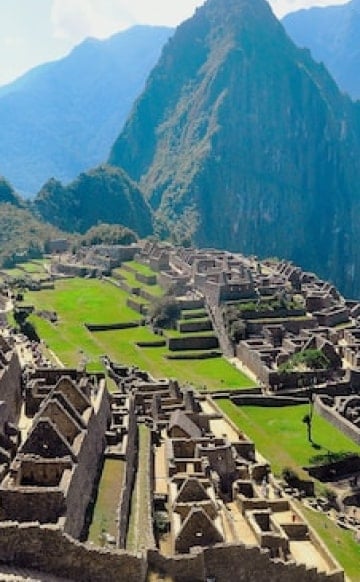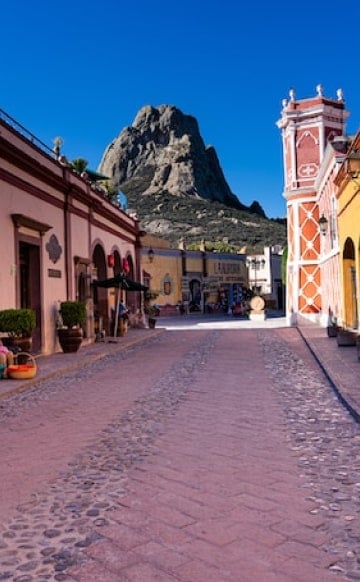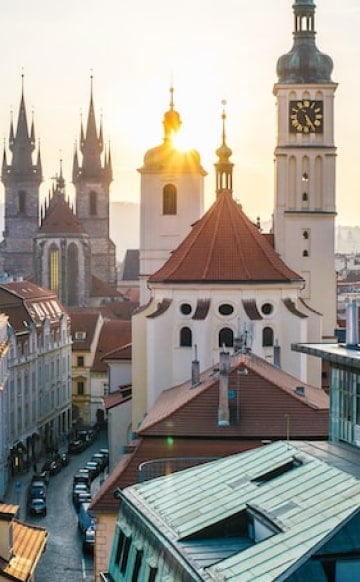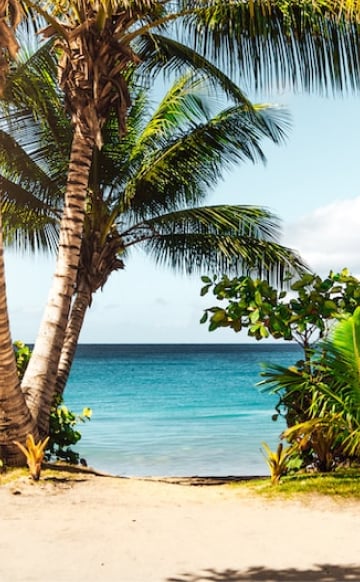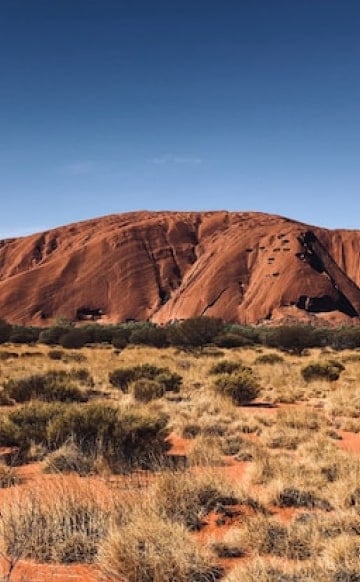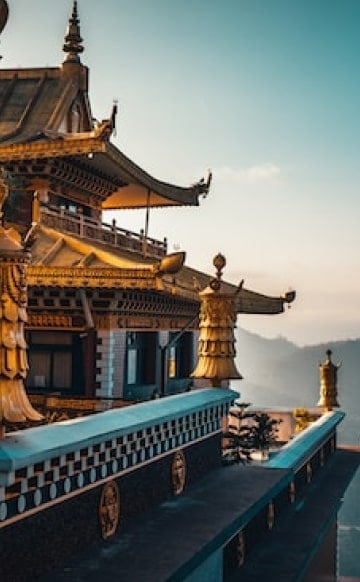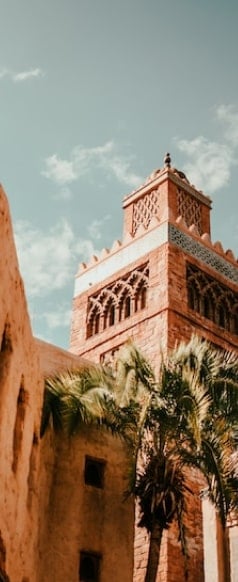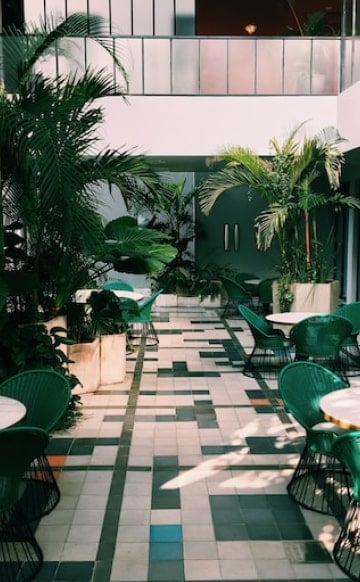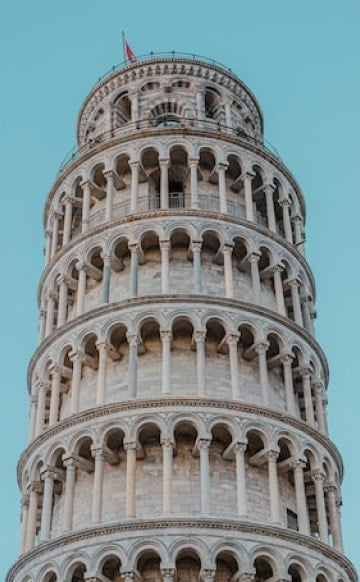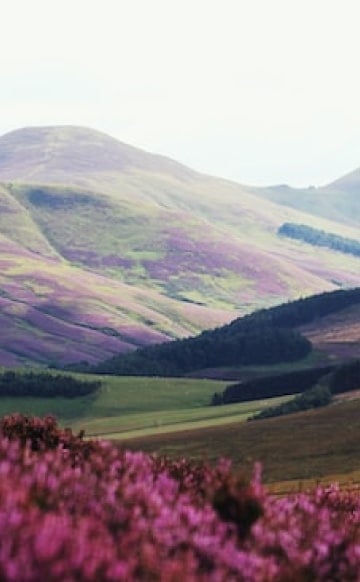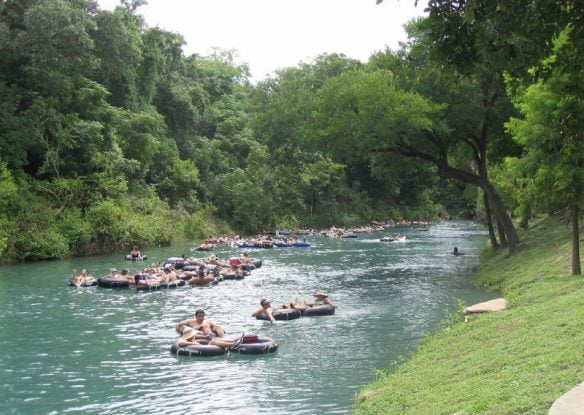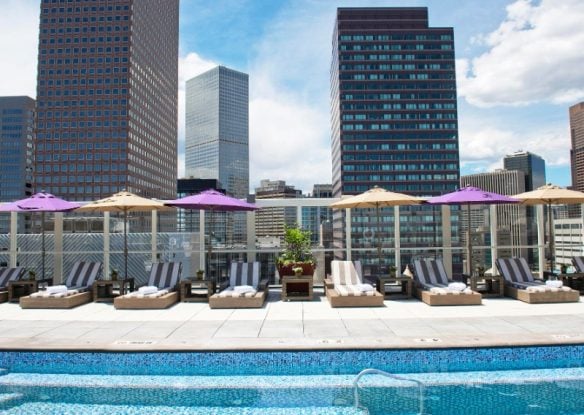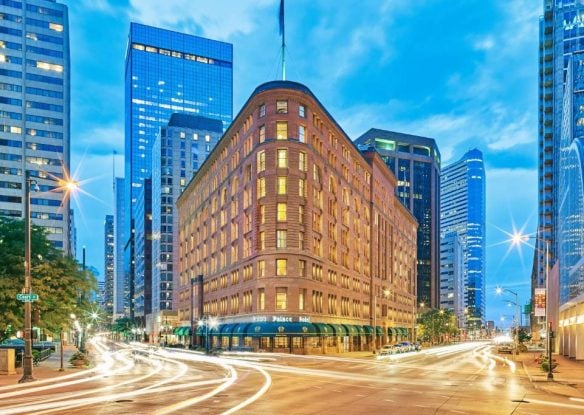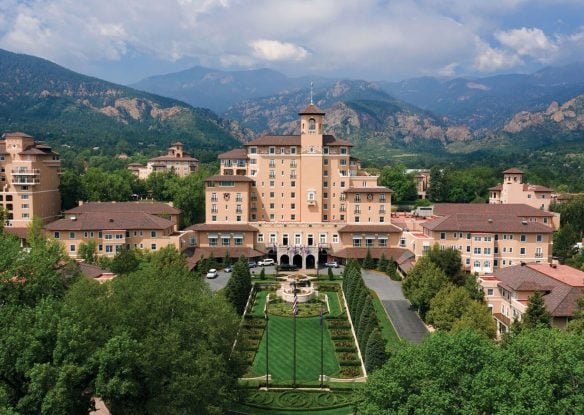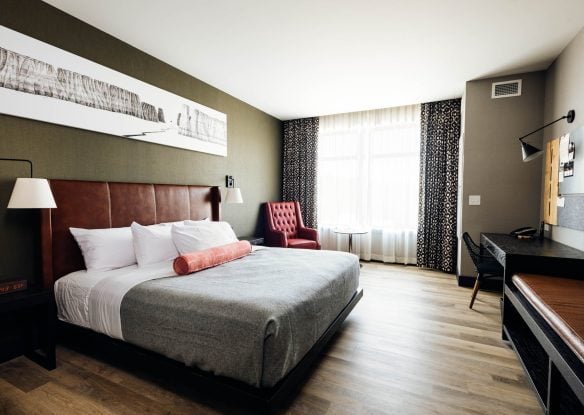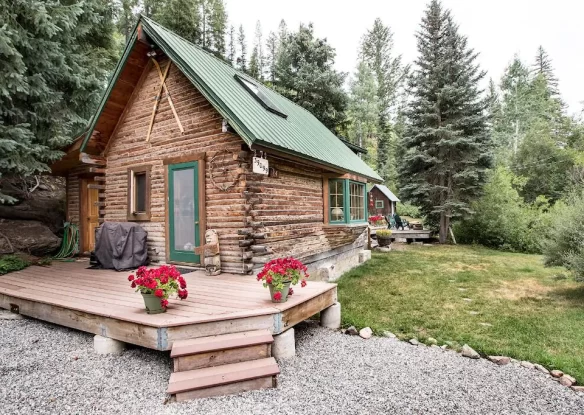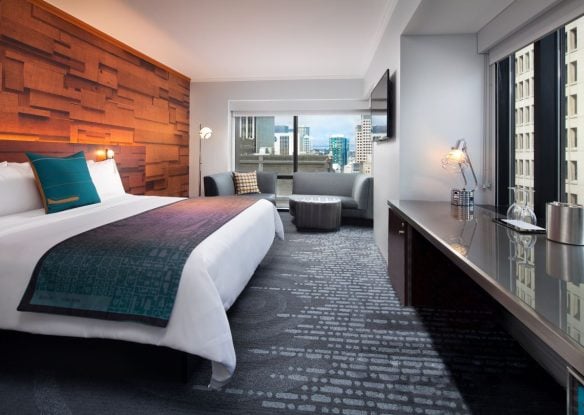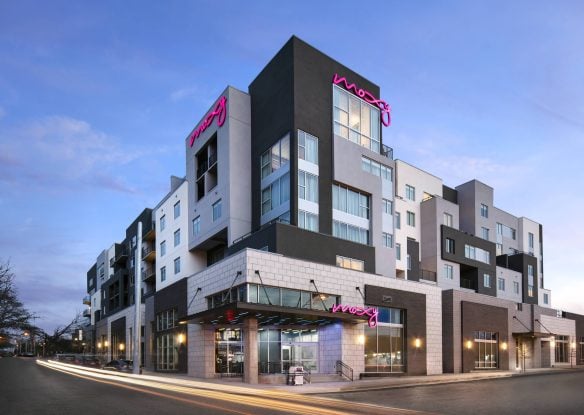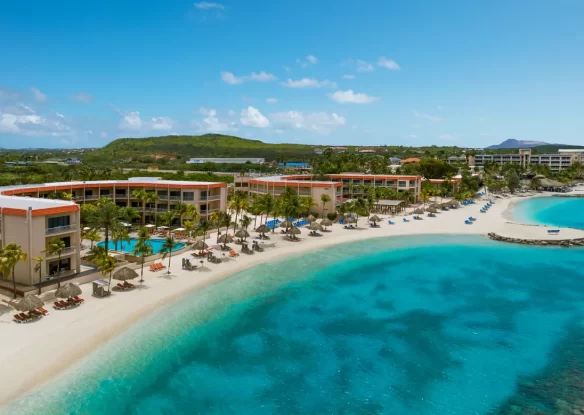Fascinated by history? You’re in luck because Colorado is home to some of the most interesting and charming historic towns in America. From former gold rush towns to charming mountain towns, you can explore National Historic Landmarks and captivating museums filled with interesting artifacts. On your next visit to Colorado, add these scenic destinations to your itinerary.

Silverton
Set on the southern side of the San Juan Mountains, Silverton can be found along the famous “Million Dollar Highway,” known for its steep cliffs, narrow lanes and lack of guardrails as well as million-dollar views. One of the best ways to get here is to take a ride on the historic Durango & Silverton Narrow Gauge Railroad. Once here, you’ll discover a town that looks as if you might find it in Alaska, with its remote wilderness feel and soaring mountains. It’s home to a population of just over 500, with its Kendall Mountain Ski Area and Recreation Center and summer recreational activities making it a popular destination year-round. Most of the downtown was designated a National Historic District and there are a number of places where you can uncover its past, including the old county jail, the Old Hundred Gold Mine, the San Juan County Historical Society and the Mayflower Gold Mill. Enhance your visit with a stay at the impressive Victorian Grand Imperial Hotel.

Cripple Creek
Cripple Creek is considered to be the location of the last great Colorado gold rush – and it almost became the capital of the state at one point. Stepping into this mountain town on the west side of Pikes Peak feels like a step back in time. Billed as “The World’s Greatest Gold Camp,” not only do old mine shafts, headframes and cabins dot the hills that surround it, but there are numerous reports of spirits that have purportedly been experienced everywhere from the cemetery to turn-of-the-century hospitals turned B&Bs, hotels, casinos and more. The Cripple Creek District Museum, which is said to be haunted itself, offers ghost walk tours at night where you can learn about the town’s unique history and its many hauntings. If you’re not into that kind of thing, take a tour 1,000 feet underground at The Mollie Kathleen Gold Mine, hop aboard the Cripple Creek and Victor Narrow Gauge Railroad, and enjoy a variety of live entertainment at the Butte Theater.

Victor
Victor is just under five miles from Cripple Creek, but offers an entirely different experience minus all of the casinos and tourists. It was once a thriving gold rush town, home to nearly 20,000 around its peak in 1900. Today, there are just a few hundred residents in this historic town, but it offers the chance to truly feel as if you’ve stepped back in time, with its numerous period buildings, most of which date back to the late 19th-century, like the Victor Daily Record newspaper office, the Masonic Hall and trolley depot. The 1899 Victor Hotel is still open for business, with its impressive Victorian-style lobby and authentic birdcage elevator. Learn more about Victor’s history and one of its most famous residents at the Lowell Thomas Museum.

Leadville
Leadville is a gorgeous Victorian mountain town, and the nation’s highest incorporated city, sitting at an elevation of 10,152 feet. It was once one of the richest, longest-lived and bawdiest mining boomtowns in the entire U.S., with 70 square blocks of the downtown area designated as a National Historic Landmark of Victorian architecture, including the largest opera house west of the Mississippi, the saloon visited by Oscar Wilde, and two historic 1879 churches. Quaint shops and eateries line the streets, mixed in with elegant 1880s B&Bs and hotels, and in the surrounding area offers a host of outdoor activities too, including hiking, fishing, mountain biking, golfing and four-wheeling.

Creede
One of the most scenic and historic towns in Colorado, Creede sits within a former volcanic caldera at the eastern end of the San Juan Mountain Range. It began as a rough silver mining town in the 1890s, and evidence of its past as a silver mining town still lingers in the restored miner’s shacks that line the streets, and the orange tailings in the soaring mountains above town. To explore its interesting past, head to the Creede Underground Mining Museum where you can descend beneath the earth and take a tour of the re-created hard-rock mine. Former miners conduct them, providing an outstanding insight into what it was like for the late 19th-century silver miners. While you’re in the area, take a drive on the Silver Thread National Scenic Byway for impressive views and the chance to visit historic sites like the Alferd Packer massacre site and the colorful Slumgullion Earthflow, a type of earthen glacier that advances about 20 feet a year.

Durango
Located in southwestern Colorado, Durango is filled with a rich Western history and offers the chance to travel back in time over 130 years by hopping aboard the historic Durango & Silverton steam train. The circa-1882, coal-fired, steam-operated train was specifically built to handle the narrow mountain routes, chugging along at 18 miles per hour as it climbs the steep and magnificent mountain passes between Durango and Silverton, 45 miles north. Durango itself is a Nationally Registered Historic District, housing historic boutique hotels, and museums, as well as outstanding restaurants, brewpubs, shops and art galleries.

Breckenridge
The town of Breckenridge was established in 1859 as an area dedicated to serving the miners working in nearby towns. Today, while it’s probably best known as a ski resort town, its Victorian core is preserved as the Breckenridge National Historic District. Running mostly along Main Street, it features colorfully painted buildings from the late 19th century that house shops, galleries, and restaurants. Take a historic walking tour to learn about the families and businesses of its early days, while viewing some of the oldest buildings in town, from grand residences to log cabins. Along the way, you’ll hear tales about the gold hunters as well as the wealthy socialites who lived here during its peak over a century ago.

Idaho Springs
While Idaho Springs is considered a gateway to the Rockies for Front Range residents, it also offers a lot for the history buff. Its mining heritage lives on through Miner Street’s well-preserved buildings. A stroll around town offers an in-depth look, though most have different uses than what they were originally intended, including a number of antique stores, sweet and souvenir shops The Argo Gold Mine and Mill is right in town, and here, visitors can see what a working mill looked like and even try their hand at gold panning. At the end of the day, you might want to head to Indian Hot Springs, just south of downtown, home to therapeutic mineral pools. It features his and hers geothermal cave baths, a mineral-water swimming pool, private outdoor Jacuzzi baths and a day spa.

Central City
Located just down the street from Black Hawk, famous for its gambling, is another gambling capital of the state, which also happens to have been home to a historic mining settlement that once earned itself the nickname of the “Richest Square Mile on Earth.” The gold rush here started back in 1859 – and it seems to be continuing in its modern-day casinos. It once had more culture than Denver, along with all that gold. A number of opera houses had been built by the early 1860s, and the Central City Opera House remains the most enduring, holding performances today. The Teller House is the home of the famous “Face on the Bar Room Floor. Unlike apparitions of the divine, it has no miraculous origin, it’s simply an oil painting on a floor, but many believe that it was the inspiration for a once-famous 1877 poem of the same name, about a drunk who painted it to prove that he had once been a famous artist.

St. Elmo
St. Elmo is considered one of the best-preserved ghost towns in the state, however, it’s still home to a number of residents. In the 1880s, it was at its peak with a population of more than 2,000, along with some 150 patented mine claims. By 1930, after the industry’s steady decline and the railroad discontinued service, only seven called it home. Today, you can walk the intact wooden sidewalks that pass multiple original structures like a general store still in operation, a church, a school and other structures. A thoughtfully written narration comes it, addressing fires, minerals, tunnels and more. Mount Princeton Hot Springs Resort is just a little over 11 miles away and makes a great place to stay as well as to soothe sore muscles in the wonderfully warm waters.

